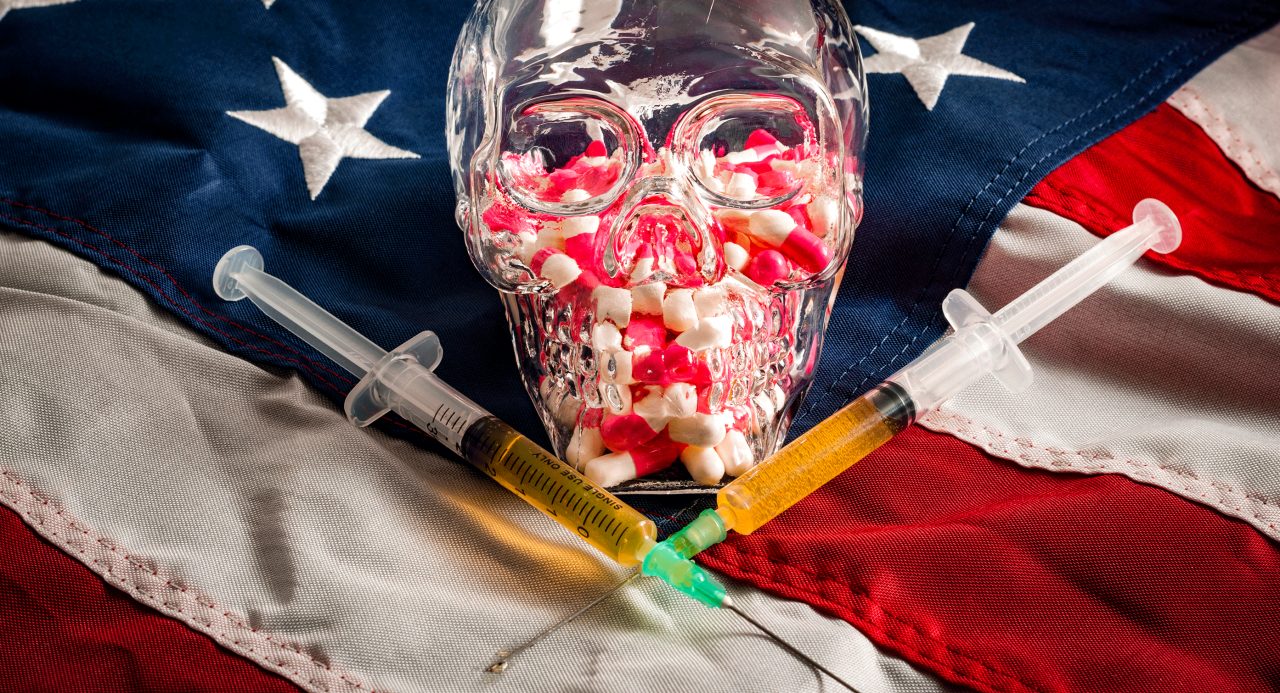How to End the Opioid Crisis

In the U.S., the abuse of, and addiction to, prescription opioids has become epidemic. What could we do better to fight the opioid crisis?
Wilmington, N.C., on the southern coast, has been hit hard by opioids, just one area of the United States battling a growing opioid crisis. The turning point came after a two-year-old died in a traffic accident caused by a drug-addled driver. This driver had to be revived with the opioid antidote naloxone, and it wasn’t the first time.
Mayor Bill Saffo went into action and put together a task force that settled on a plan this past spring.
Since the city began using naloxone in March 2016, it has saved 87 lives. But the people saved didn’t quit abusing opioids. So in the new plan to fight his city’s prescription opioid crisis, a team of medical and social work professionals will visit the user within 72 hours and ask him to enter treatment. If he refuses, well, they’ll keep coming back.
YOU MIGHT ALSO LIKE: What Are Opioids?
People addicted to, or dependent on, opioids often aren’t capable of handling paperwork to get treatment or paying for it, so Wilmington will have staff to help.
In June, Wilmington launched a program that allows police officers to urge people into opioid addiction treatment rather than arresting them when they’re caught with drugs.
That same month, North Carolina Gov. Roy Cooper signed the Stop Opioid Misuse Prevention Act, which forbids doctors to prescribe more than a five-day supply on a first visit.
Around the nation, these steps and others have been proposed to combat the opioid crisis in America and stem the toll of people addicted to opioids and dying from overdoses. The strategies would strengthen law enforcement, work to prevent addiction, and improve treatment.
Next: Strengthen enforcement >>
Updated:
April 02, 2020
Reviewed By:
Christopher Nystuen, MD, MBA